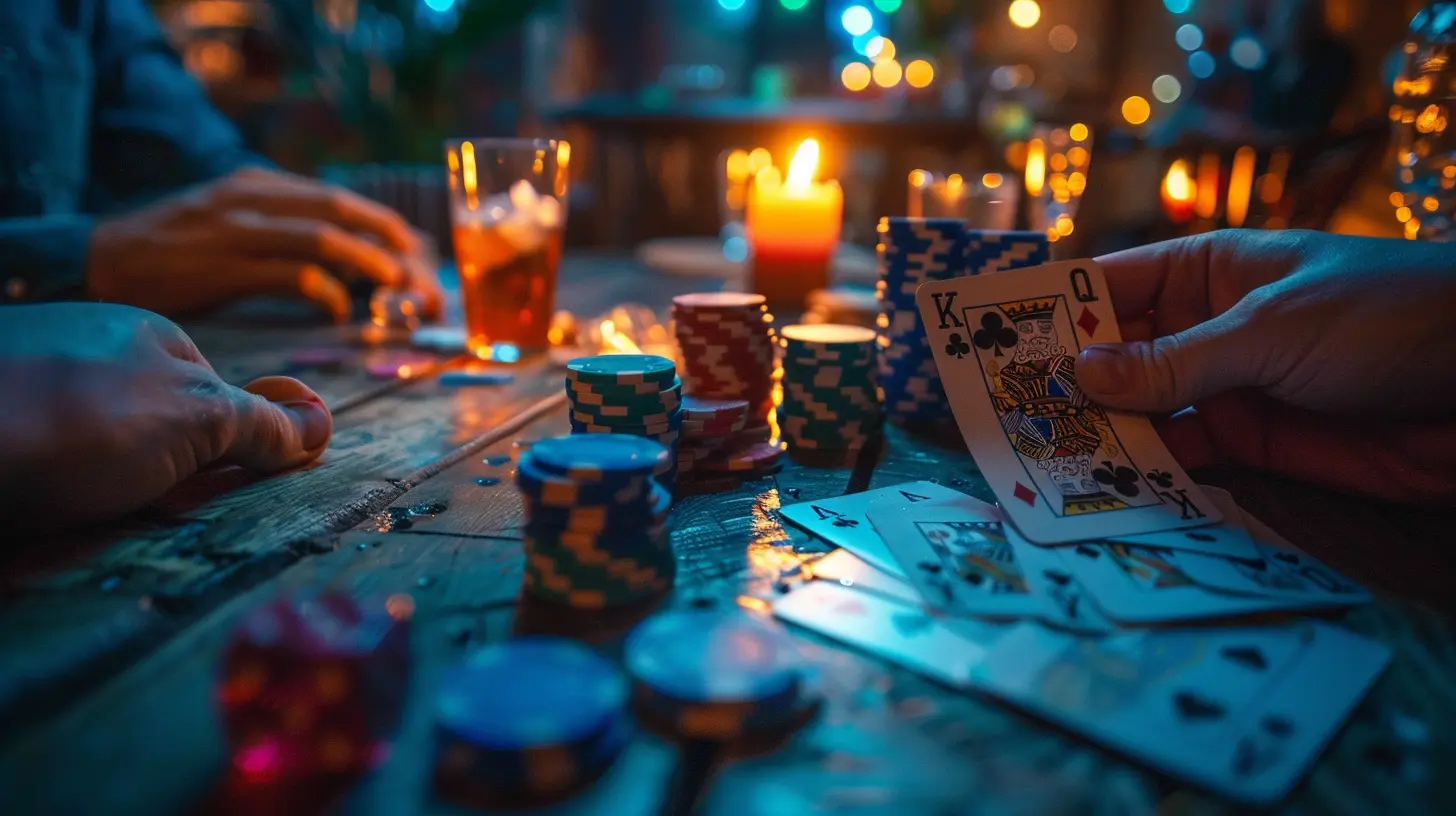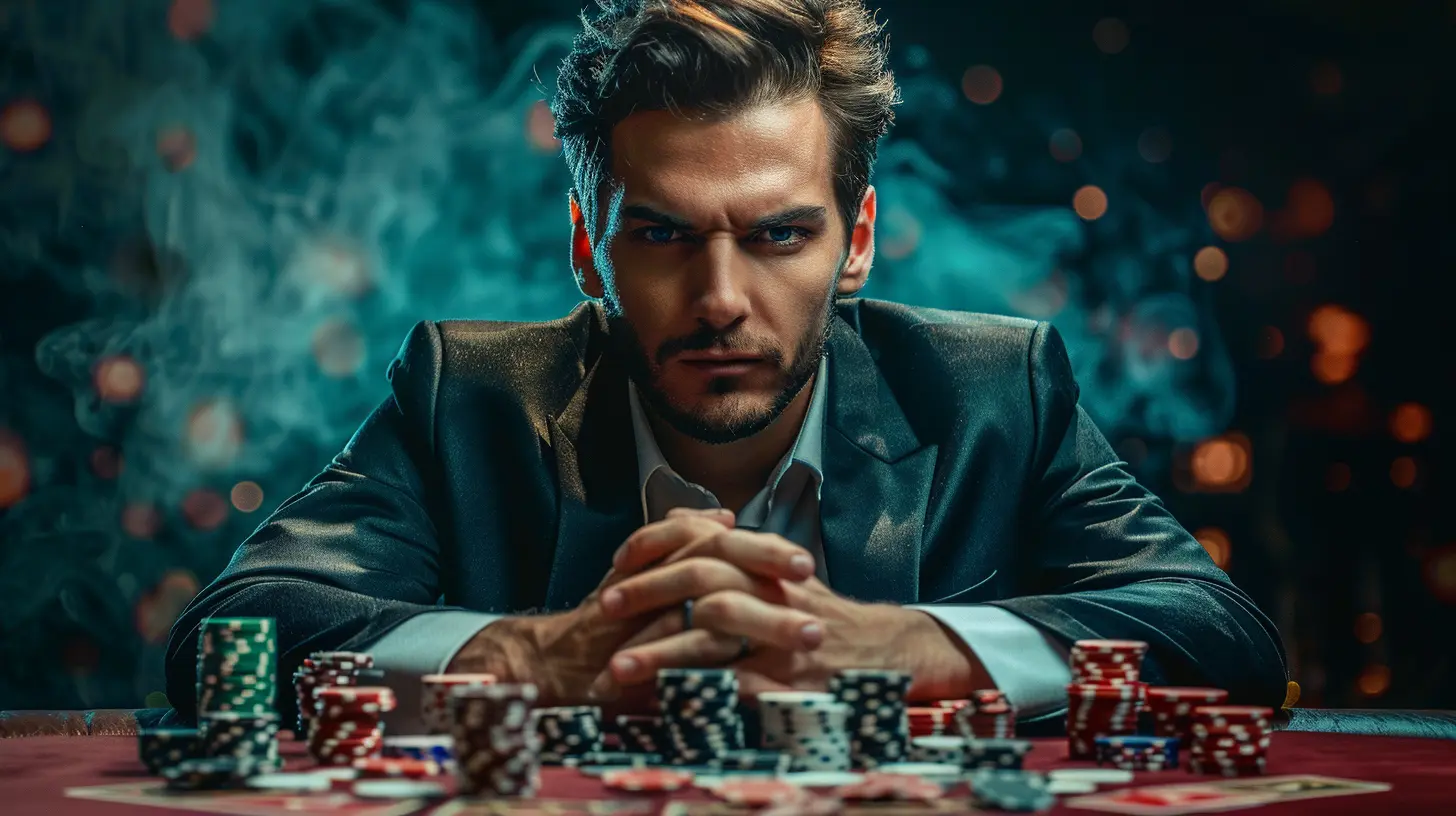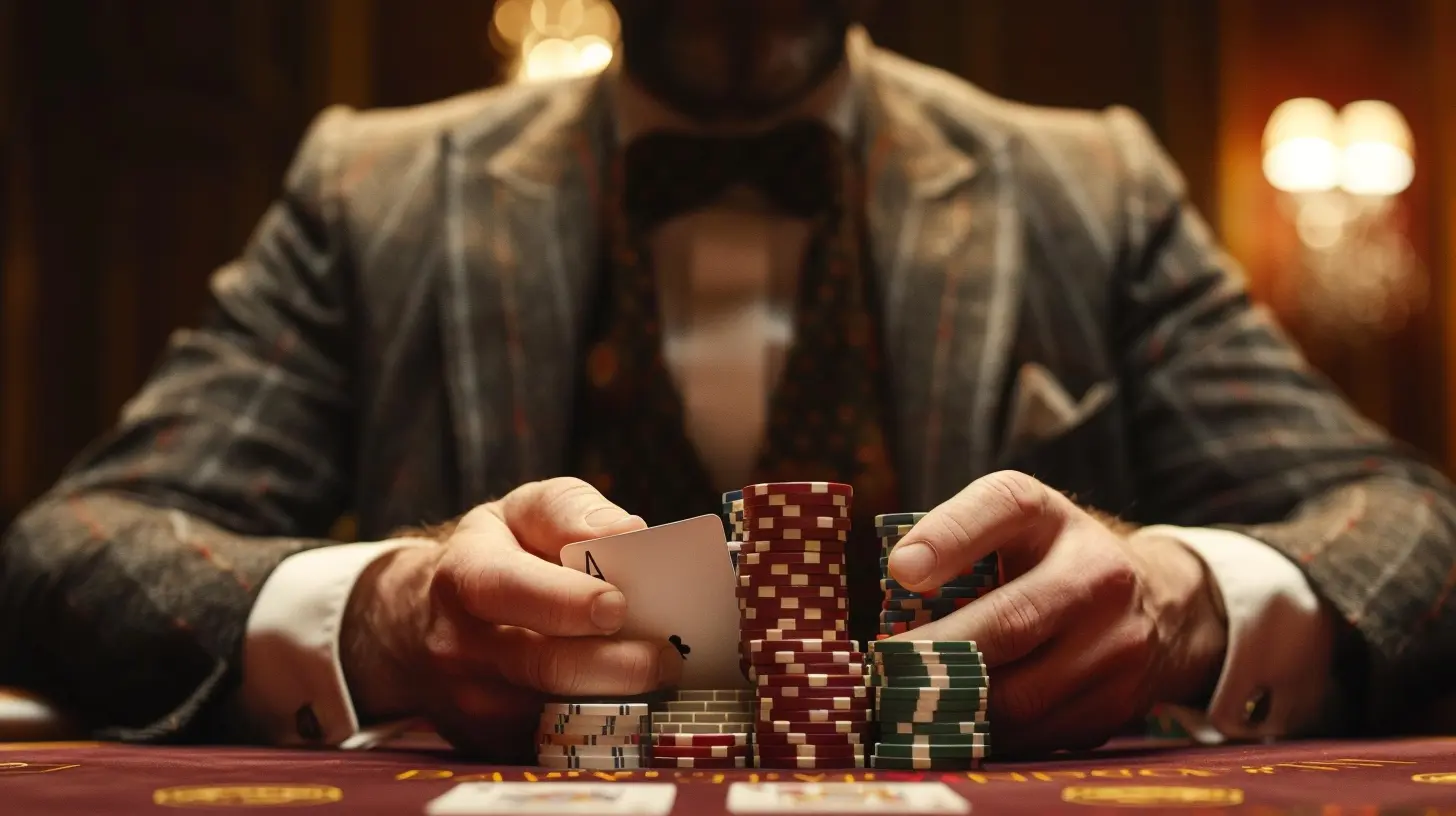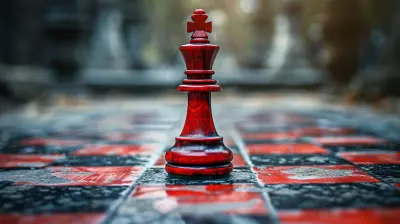The Psychology of Bluffing: Secrets of Mastering Deception in Games
10 August 2025
Bluffing. Just saying the word evokes images of high-stakes poker games, chess masters deep in thought, or even friendly board game nights when someone is trying to convince you they’re not the murderer in Clue. Bluffing isn’t just a clever tactic—it’s a skill, an art form, rooted in the very psychology that governs how we think, act, and, well, fall for tricks. Whether you’re a gaming enthusiast aiming to outplay your opponents or someone who just wants to decode the subtle art of deception, let’s dive deep into the psychology of bluffing and uncover the secrets of mastering this fascinating skill.
What Is Bluffing?
Before we jump into the nitty-gritty, let’s cover the basics. Bluffing, in its simplest form, is making someone believe something that isn’t true. In games, it’s about misleading your opponents to gain an advantage. Think of it like a magic trick—convince your audience’s eyes to focus on the wrong hand while the real action happens elsewhere.Bluffing shows up everywhere in gaming: in poker when someone bets big on a weak hand, in Among Us when you plead your innocence as the Impostor, or even in strategy games like Risk when you feint an attack to keep your territories safe. But what makes bluffing so effective? That’s where psychology steps in.
The Psychology Behind Bluffing
Bluffing leverages some fundamental principles of human psychology. Let’s break down the key elements that make this tactic so powerful.1. Cognitive Biases: The Brain’s Shortcuts
Our brains are wired to make snap judgments, often relying on mental shortcuts called cognitive biases. Bluffing taps into biases like the confirmation bias (where people believe information that aligns with their assumptions) or the availability heuristic (where recent information influences beliefs). For example, if you consistently play aggressive hands in poker, your opponent might think that your next aggressive play must be just as strong—even if it’s a bluff.2. The Trust Factor
Humans are naturally inclined to trust others. Even in games, we often assume people are being truthful unless given a reason to doubt them. Bluffing works because it exploits this trust. A confident liar can seem more believable than someone hesitant and unsure, even if the lie is outrageous.3. Fear and Risk Perception
Bluffing thrives on the psychological fear of being wrong. Nobody likes taking unnecessary risks, so when faced with uncertainty, opponents might ‘fold’ or back down rather than risk calling your bluff. It’s like dangling a trap in front of a hyper-cautious squirrel—they’d rather run than risk it.4. The Power of Confidence
Ever heard the phrase, “Fake it till you make it”? Bluffing is confidence in action. We’re far more likely to believe someone who’s sure of themselves rather than someone second-guessing their every move.
Keys to Mastering the Art of Bluffing
So, how do you take these psychological principles and turn them into bluffing brilliance? Here are some essential strategies to up your game:1. Read the Room (and Your Opponents)
Pay attention to people’s behaviors, body language, and tendencies. Do they fidget when nervous? Are they cautious or risk-takers? Great bluffers are incredible observers. The more you understand your opponents, the better you can tailor your strategy.For instance, if you're playing poker and notice someone folds every time the stakes get high, you know they’re more likely to back down if you play aggressively—even if you’ve got a terrible hand.
2. Build Trust Before You Deceive
Bluffing works best when people don’t expect it. Spend the early stages of the game building trust by being truthful or predictable. Then, when it’s time to bluff, people won’t see it coming. Think of it like seasoning—don’t overdo it, or you’ll ruin the dish.3. Maintain a Poker Face (Literally)
Your body language matters more than you think. Nervous tics like tapping your foot, playing with your hair, or avoiding eye contact can give you away. Practice staying calm and composed, no matter what’s happening inside your head. In games like poker, where every movement is scrutinized, a good poker face can be your greatest weapon.4. Use Reverse Psychology
Sometimes, bluffing is about doing the unexpected. For example, pretending to be weak when you’re actually strong can lure opponents into making risky moves. This is common in strategy games, where downplaying your position can lead to a shocking comeback.5. Commit to the Bluff
Half-hearted bluffing is a sure way to lose. If you’re going to bluff, go all-in (figuratively or literally). Confidence is key. Second-guessing yourself or hesitating can make your bluff fall apart faster than a house of cards in a strong wind.6. Blend Truth with Lies
The best bluffs are grounded in reality. If your lie contains enough truth to seem plausible, it’s more likely to be believed. For example, if you’re bluffing about your resources in a game, reference something your opponent has already seen. It’s like mixing sugar into medicine—it makes the lie go down easier.
Common Mistakes to Avoid When Bluffing
Even the best bluffers slip up sometimes. Here are a few pitfalls to steer clear of:- Overusing the Bluff: If you bluff too often, people will catch on. Remember, a predictable bluff is no bluff at all.
- Being Too Obvious: If you suddenly change your behavior in a noticeable way, you’ll raise suspicion. Subtlety is key.
- Ignoring Timing: Bluffing at the wrong moment can backfire spectacularly. Gauge the situation carefully before you make your move.
How Bluffing Translates Beyond Games
Here’s the fun part: bluffing isn’t just for games. The skills you hone while perfecting your poker face or mastering deception in a board game can be incredibly useful in real life. Negotiations, job interviews, even social interactions—they all involve a touch of bluffing.The next time you’re trying to get a better deal at a car dealership, remember the psychology of bluffing. Play it cool, act confident, and know when to walk away. Who knew your gaming skills could give you an edge in the real world?
Are You Ready to Bluff Like a Pro?
Mastering the art of bluffing takes practice, patience, and a deep understanding of psychology. It’s like learning a new language—you might stumble at first, but with enough time, you’ll be bluffing so naturally that even your best friends won’t see it coming.So, grab a deck of cards, gather your friends for a board game night, or jump into your favorite online multiplayer game. Put these tips into practice and watch as you outwit, outplay, and out-bluff your opponents.
all images in this post were generated using AI tools
Category:
Tabletop GamesAuthor:

Leandro Banks
Discussion
rate this article
1 comments
Juniper McEvoy
Great article! Understanding the psychology of bluffing enhances gameplay and adds depth to strategic decision-making.
August 18, 2025 at 4:26 AM

Leandro Banks
Thank you! I'm glad you found it insightful. Bluffing truly adds a fascinating layer to strategy!


